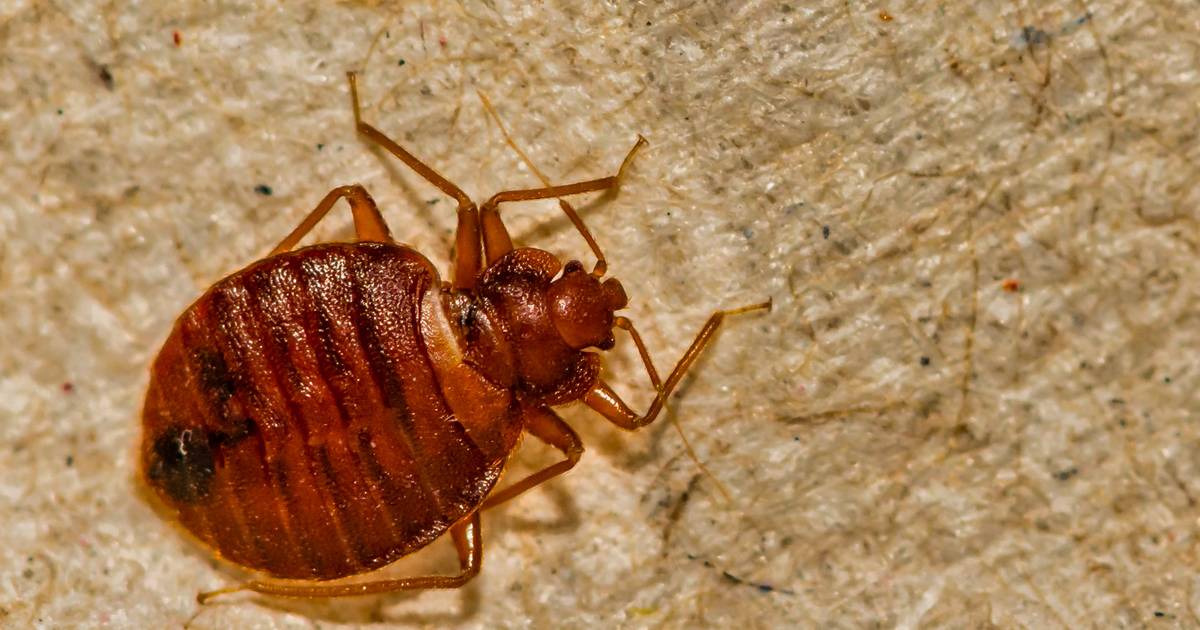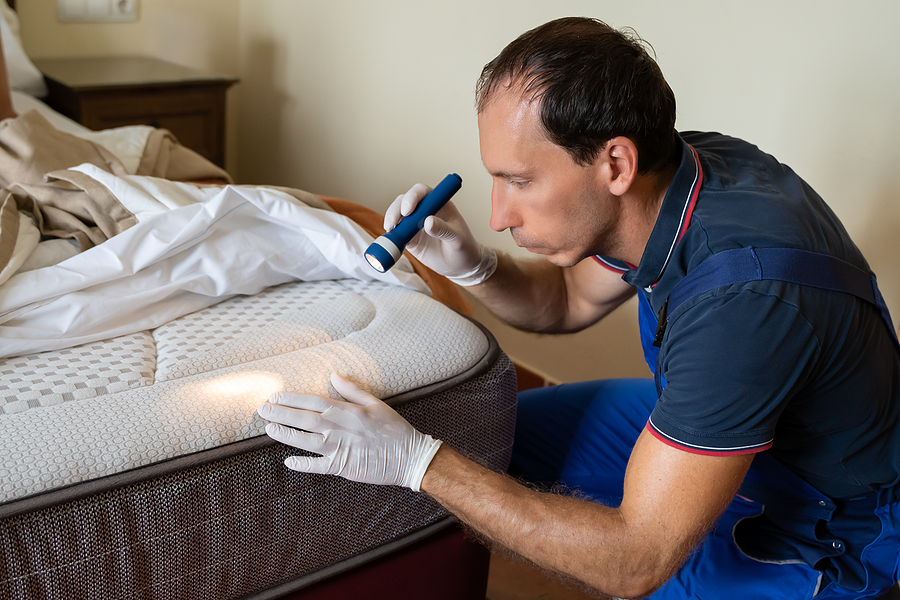Check Out the Various Sorts Of Parasite and Their Therapy Options for Effective Management
The administration of pests in both agricultural and domestic setups demands an extensive understanding of the various kinds that can invade these settings, along with the therapy alternatives available for effective control. From house rats that pose health and wellness risks to garden bugs that threaten plant yields, each group requires a customized strategy. Understanding the nuances of bug behavior and the equivalent treatments is critical; nevertheless, the concern continues to be: what are one of the most reliable techniques that not only attend to existing infestations yet also avoid future events?

Usual Home Pests
Although house parasites can differ substantially in type and behavior, several share common features that make them a hassle. Common home pests include rats such as mice and rats, bugs like roaches and ants, and occasional intruders such as crawlers and flies. These parasites usually grow in atmospheres that give simple accessibility to food, water, and shelter, making homes specifically prone.
Rodents, for instance, are infamous for creating architectural damage and spreading out disease. Pests like roaches are not just disturbing but can also set off allergic reactions and asthma in delicate individuals.
Reliable parasite monitoring starts with avoidance, which consists of sealing entry points, preserving cleanliness, and utilizing ideal storage methods for food. Checking for indications of invasion is critical, as very early detection can stop much more substantial problems. When invasions take place, numerous control approaches exist, ranging from baits and traps to expert elimination solutions. Understanding the routines and features of these common household bugs is necessary for reliable monitoring and keeping a healthy and balanced living environment.
Yard Pests and Their Influence
Yard pests present a significant risk to the health and efficiency of plants, with some quotes suggesting that they can create approximately 40% of plant losses in certain regions. These insects, which include bugs such as caterpillars, beetles, and aphids, along with nematodes, can bring upon extreme damages by eating plant cells, resulting in stunted development, reduced yields, and compromised quality.
The impact of yard bugs extends past simple aesthetic worries; they can interrupt environments by altering food cycle, impacting pollinators, and spreading out illness amongst plants. As an example, parasites like the crawler mite can compromise plants, making them a lot more vulnerable to fungal infections. Furthermore, intrusive types may outcompete native plants, leading to biodiversity loss.
Reliable monitoring strategies are important to alleviate these dangers. Integrated Insect Management (IPM) techniques, which incorporate biological control, cultural methods, and targeted chemical applications, can give lasting options. Normal monitoring and very early treatment are crucial in preventing invasions. bed bug heat treatment. By understanding the particular parasites and their habits, garden enthusiasts can implement targeted therapies that not just protect their plants however likewise advertise a healthier garden environment.
Rats: Recognition and Dangers
Rats official statement prevail yard insects that can pose significant dangers to plant wellness and total ecological community stability. These tiny mammals, including varieties such as rats, voles, and mice, are often recognized by their sharp incisor teeth and durable bodies. Their hair coloration varies commonly, varying from gray to brown, and they generally exhibit a lengthy tail which help in equilibrium and dexterity.
The risks related to rodent invasions are multifaceted. They can trigger comprehensive damages to plants and yards by gnawing on stems, origins, and fruits, which can lead to substantial economic loss for garden enthusiasts and farmers. Rodents are infamous for their function as vectors of numerous conditions, consisting of hantavirus and leptospirosis, which can be transmitted to pet dogs and humans (bed bug heat treatment). Their droppings and pee can pollute dirt and water sources, aggravating wellness threats.
Furthermore, rats can disrupt the natural equilibrium of local environments by taking on native wild animals for resources. Their tunneling behaviors can cause dirt erosion and destabilization of additional reading plant roots. Therefore, early recognition and understanding of rodent habits and risks are critical for efficient parasite monitoring.
Reliable Therapy Methods
When managing rodent infestations, utilizing reliable therapy methods is essential for reducing damage and health and wellness risks. Break traps and digital traps offer a humane and fast means to eliminate rats, while adhesive catches can aid keep an eye on task levels.
Secondly, bait stations containing rodenticides can be tactically placed in areas of high rodent task. These stations ought to be tamper-resistant to make sure the security of non-target animals and youngsters. It is crucial to select the proper lure kind, as rats can develop bait hostility otherwise altered occasionally.
In addition to traps and bait, sealing entrance points can significantly reduce the chances of re-infestation. This involves inspecting and fixing voids in walls, doors, and windows.
Finally, expert pest control solutions can be valuable for comprehensive problems. They possess the know-how, tools, and products necessary for reliable eradication and can establish a tailored monitoring strategy. By carrying out these therapy methods, homeowner can properly resolve rodent concerns and protect their health and wellness and residential property.
Preventative Actions and Tips

Maintaining tidiness is equally crucial; guarantee that food is stored in airtight containers and promptly tidy up spills or crumbs. Frequently throwing away garbage and ensuring that compost heap are managed correctly can hinder bugs from being attracted to your home.
In addition, think about landscape design techniques that inhibit rodent habitation. Trim back plants and maintain mulch away from the structure of your building, as these can provide hiding spots for bugs.
Conclusion
Reliable parasite administration requires a comprehensive understanding of different bug kinds and their particular therapy choices. Tailored approaches for house bugs, yard insects, and periodic invaders are important for reducing risks and improving control actions. By integrating reliable therapy methods with preventative methods, such as routine assessments and preserving sanitation, the probability of invasions can be considerably reduced. Ultimately, an aggressive stance on pest administration cultivates a healthier environment, safeguarding both domestic and farming rooms from pest-related difficulties.
Common family insects consist of rats such as rats and computer mice, bugs like roaches and ants, and periodic intruders such as spiders and flies.Rats are common garden parasites that can position significant dangers to plant health call pest control and total ecosystem security. Very early identification and understanding of rodent actions and risks are critical for reliable parasite administration.
Effective bug management begins long prior to an infestation occurs, with aggressive actions that can substantially reduce the possibility of rodent access and habitation.Reliable pest administration requires a comprehensive understanding of numerous bug kinds and their certain therapy alternatives.